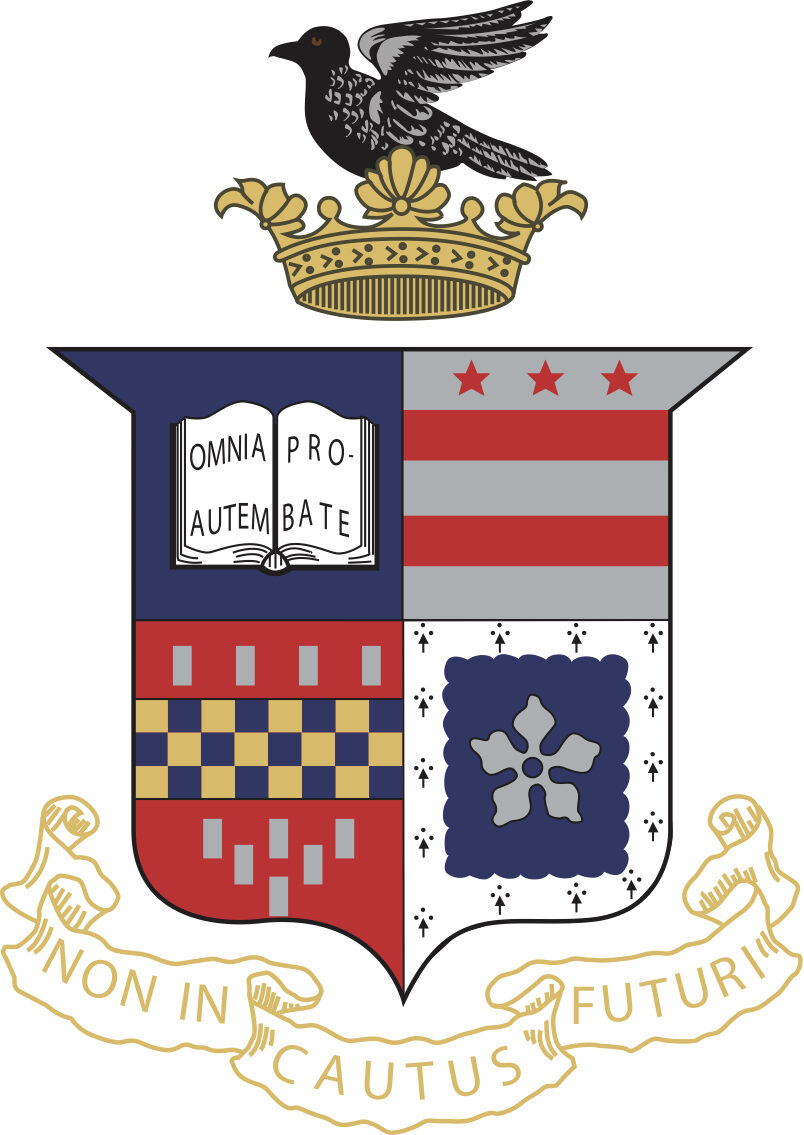In O’Bannon v. National Collegiate Athletic Ass’n, then-Chief Judge Claudia Wilken of the U.S. District Court for the Northern District of California issued a groundbreaking decision, potentially opening the floodgates for challenges to National Collegiate Athletic Association (NCAA) amateurism rules. The NCAA was finally put to a full evidentiary demonstration of its amateurism defense, and its proof was found emphatically wanting. We agree with Professor Edelman that O’Bannon could bring about significant changes, but only if the Ninth Circuit affirms. We write mainly to address the NCAA’s vigorous pending appeal and the views of certain amici, and to explain our strong support for the result at trial. Reversal of Judge Wilken’s comprehensive and thoughtful decision would thwart needed changes just as colleges are beginning to embrace them and would be mistaken as a matter of law. O’Bannon is a correct, justifiable, garden-variety rule-of-reason opinion and should be affirmed by the Ninth Circuit.
Response
by Michael A. Carrier & Christopher L. Sagers
